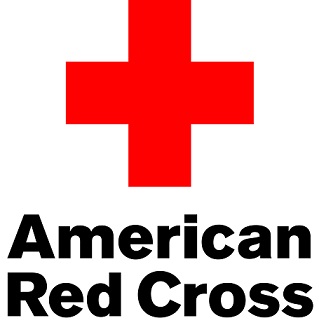
A massive American charity dedicated to helping people after disaster has struck now puts its faith in pioneering sandless sandbags.
The American Red Cross – like its counterparts the British Red Cross – spring into action to help people in their direst hour of need.
This can range from a huge disaster such as major flooding down to a house fire which has left people homeless and losing all their belongings.
The American Red Cross now sell FloodSax sandless sandbags on its website which come from Huddersfield in West Yorkshire, England. They have used them in action so know at first-hand how well they work.
The Red Cross goes wherever it is needed so people can have clean water, safe shelter and hot meals when they need them most.
In 2014 the American Red Cross spent about $30,000 buying FloodSax for northern Colorado’s flood-stricken communities. Officials use the bags to protect city and county buildings which are places that could be turned into shelters during a flood.
The State has been badly hit by floods in the past. In 1976 eight inches of rain fell in just one hour and the flash flooding it caused claimed the lives of 144 people and caused $35m worth of damage.
In 2013 severe flooding was caused by approximately 15 inches of rainfall over the span of a week which killed eight people and caused $2 billion in damage.
Nearly 19,000 homes were damaged, more than 1,500 destroyed, 11,000 people evacuated and at least 30 state highway bridges were destroyed with 20 seriously damaged.
Almost three million FloodSax have now been sold worldwide.
FloodSax are easy to store as they only expand on contact with water to become even more effective than traditional sandbags. The message that they are an ideal way to be proactive at stopping floods both outside and inside properties is spreading far and wide.
Kurt Vogel, who is fire chief in the city of Sterling in Logan County, Colorado, said: “I think it’s awesome. I love technology and this is just amazing.”
Bob Owens from Logan County Emergency Management added: “Sandbags have their place, but they’re just very labour intensive. That’s where these FloodSax come in handy.”
Red Cross leader Adam Rae says FloodSax are worth the extra cost compared to sandbags because they are easier to deploy.
“This is a quick, easy thing that I can store in my closet and put up against the door if the flood waters come,” he said.
FloodSax look like small pillowcases and weigh just 200 grams (7 ounces) before they come into contact with water. They can absorb 20 litres of water in just over three minutes to weigh 20 kilos (44lbs).
They are also vacuum-packed which means they take little space to store yet can be in action within minutes unlike traditional sandbags that take up a huge amount of storage space, are difficult to transport anywhere because of their weight and need a lot of people to deploy.
The FloodSax is on sale with the American Red Cross at https://www.redcross.org/store/sandless-sandbag-pk-5/161002.html